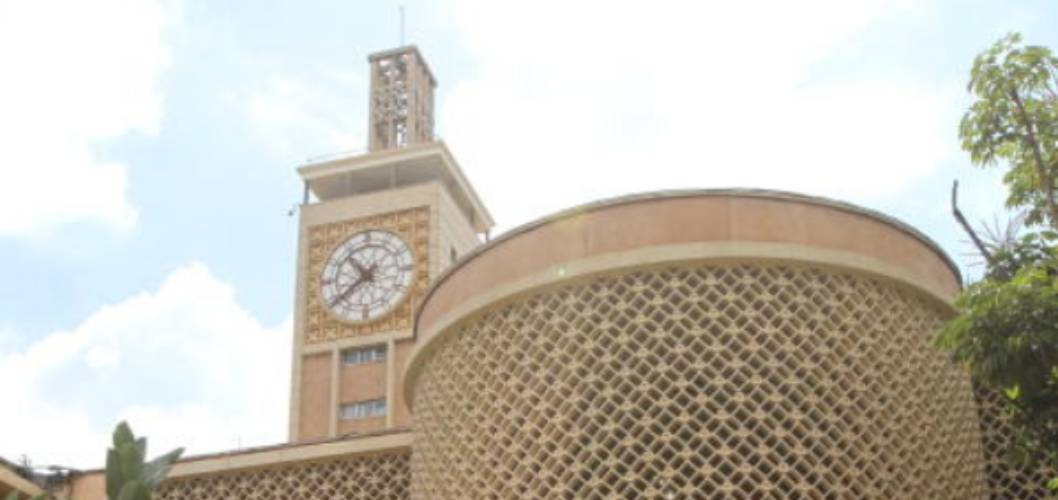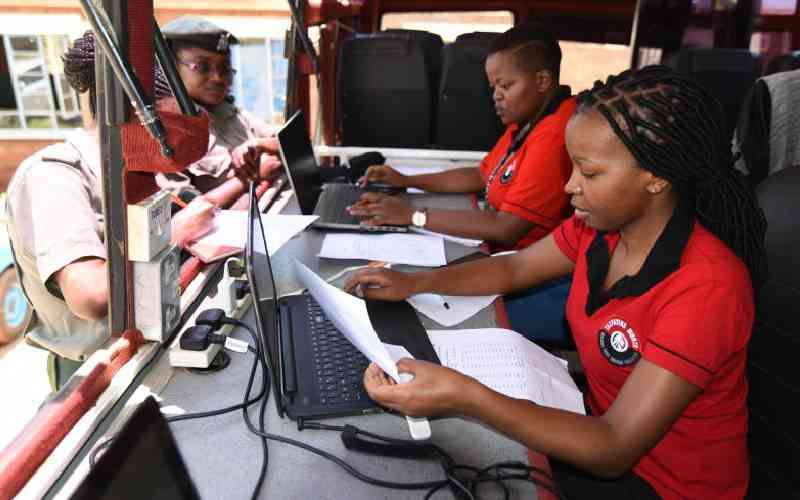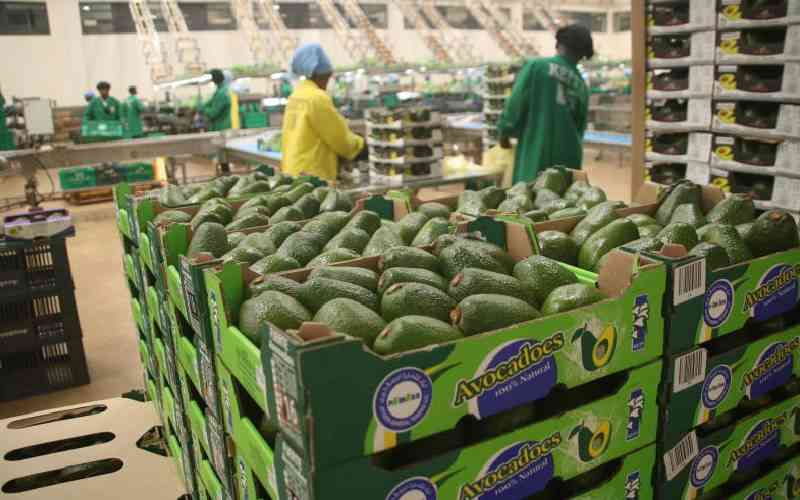
When news broke last month that the International Monetary Fund (IMF) had approved a Sh234 billion financing package for Kenya, there was outrage across the board.
The hashtag IMFstopLoaningKenya trended for several hours on social media with a petition to the same gathering 234,770 signatures out of the targeted 300,000.
According to the IMF, the facility will help finance the country’s recovery from the Covid-19 pandemic and prevent debt distress.
However, Budget documents for the 2021/2022 financial year tabled in Parliament last week, signal Kenya’s debt position is more precarious than the government or international lenders are willing to admit. Treasury’s latest figures indicate that the fiscal deficit - the gap in spending that the government will have to fill by borrowing, stands at Sh952 billion, Sh15 billion higher than the figure presented in the Budget Policy Statement (BPS) earlier this year.
This puts Treasury in direct conflict with Parliament that in March this year threatened to stall the passing of the State’s spending plan if the fiscal deficit for the 2021/2022 financial year goes beyond Sh930 billion.
“The fiscal deficit (including grants) approved by Parliament for the financial year 2021/2022 is pegged at Sh930 billion or 7.5 per cent of GDP whichever is lower,” said Parliament’s Budget and Appropriations Committee in its report to the BPS. “Any increase of the fiscal deficit beyond what has been approved in the BPS for the 2021/2022 financial year will not be approved by Parliament.”
Treasury has also indicated that Kenya intends to borrow Sh291.3 billion from the external market and an additional Sh661 billion from the domestic market, for the first time reversing the foreign to domestic debt ratio the government has adhered to for decades and flies against Parliament’s recommendations.
“It is important to note that the 57:43 mix as recommended would require the National Treasury to have external (commercial) borrowing of Sh387 billion,” said the National Treasury in a summary on the latest budget.
“This, added to the planned refinancing operations of Sh351 billion would raise the external commercial borrowing to Sh738 billion in the 2021/22 financial year.”
According to Treasury, this level of external commercial borrowing would raise the risks of refinancing and worsen the country’s debt position. However, the numbers in Treasury’s debt repayment plan for the current financial year paints a picture of a government scrambling to make ends meet.
In the 2021/2022 financial year, Kenya is scheduled to make Sh767 billion in debt repayments to domestic lenders that include Sh421 billion in interest rates. Another Sh400 billion is due to external lenders by the end of June 2022. With a spending plan of Sh3 trillion and revenue collection pegged at Sh1.8 trillion, this means Kenya will need to pile on more debt to keep the government and public functions running.
This includes the Sh234 billion extended credit facility from the IMF, additional foreign bond issuances and other funds availed by bilateral lenders and donors.
“If you look at the public discourse, everybody seems to think that the solution to Kenya’s debt distress problem is to stop borrowing,” explains Kwame Owino, head of the Institute of Economic Affairs. “Unfortunately that is not possible because if the government stops borrowing today government operations will come to a crash.” Kwame says Kenya’s debt risk could be much higher since the IMF document was prepared before Kenya went into the third phase of the Covid-19 pandemic which will cause more disruption to revenue collections.
“Some of the things you see about the CS of Finance seeking to have absolute control to determine and change VAT rates are contingent and partly related to the interest in ensuring the Treasury is able to unilaterally respond by raising tax rates if there are any shocks that reduce the amount of revenue that is generated,” he said.
“This is because they have committed to very high taxes to bring down the general indebtedness and go away from the risk of distress.” According to Kwame, without borrowing, Kenya’s debt repayments alone, which can’t be avoided at risk of default, will leave no funds to pay wages and other recurrent expenditure.
“The IMF is being diplomatic in saying Kenya’s debt is still sustainable but the risk of distress is high,” he said. “I think Kenya has been in a debt distress position for three years whether we admit it or not.”
According to Owino, the execution of the IMF loan conditions calling for structural and governance reforms will determine whether the policy makers can navigate the debt time bomb.
Some of the IMF recommendations include restructuring State-owned enterprises and streamlining procurement in ministries and departments to reduce revenue leakages. The three-year programme identified 9 entities that are due for immediate overhaul but the list has been kept under wraps. But the adoption of the recommendations will depend on political goodwill.
Ultimately, Parliament will have the last say through assenting to or blocking the Finance Bill (2021) that also contains a raft of recommendations on raising various taxes to boost the government’s revenue basket.
 The Standard Group Plc is a multi-media organization with investments in media
platforms spanning newspaper print operations, television, radio broadcasting,
digital and online services. The Standard Group is recognized as a leading
multi-media house in Kenya with a key influence in matters of national and
international interest.
The Standard Group Plc is a multi-media organization with investments in media
platforms spanning newspaper print operations, television, radio broadcasting,
digital and online services. The Standard Group is recognized as a leading
multi-media house in Kenya with a key influence in matters of national and
international interest.
 The Standard Group Plc is a multi-media organization with investments in media
platforms spanning newspaper print operations, television, radio broadcasting,
digital and online services. The Standard Group is recognized as a leading
multi-media house in Kenya with a key influence in matters of national and
international interest.
The Standard Group Plc is a multi-media organization with investments in media
platforms spanning newspaper print operations, television, radio broadcasting,
digital and online services. The Standard Group is recognized as a leading
multi-media house in Kenya with a key influence in matters of national and
international interest.










